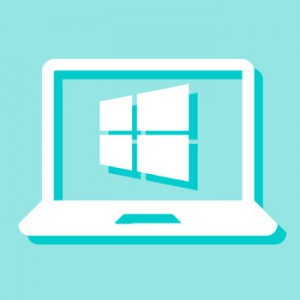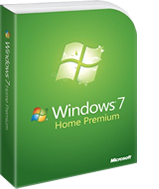 The free Windows 10 product key works very differently from previous versions Windows. In the past the product key would always serve to activate your copy of Windows. However if you upgraded to Windows 10 from a previous version of Windows then you probably never received a product key for Windows 10. Since a Windows 10 update released in November it may be possible to use your previous Windows 7 or Windows 8.1 product key to activate Windows 10. But, basically the Windows 10 upgraders just don’t have a product key.
The free Windows 10 product key works very differently from previous versions Windows. In the past the product key would always serve to activate your copy of Windows. However if you upgraded to Windows 10 from a previous version of Windows then you probably never received a product key for Windows 10. Since a Windows 10 update released in November it may be possible to use your previous Windows 7 or Windows 8.1 product key to activate Windows 10. But, basically the Windows 10 upgraders just don’t have a product key.
The Windows 10 license key is now bound to your computer’s hardware. During the Windows 10 activation Microsoft created a fingerprint of your computer’s hardware that corresponds to your product key. They did this in order to identify your computer again if it requests to activate Windows 10. If you reinstall Windows 10, then you will probably not have any issues. If you replace your hard drive, video card, a broken screen or RAM you will probably not have any issues re-activating Windows 10 either. However if you replace your computer’s CPU or motherboard, you will be surprised that Windows 10 will no longer activate.
If Windows 10 is instructing you to activate your copy of Windows, then you will have to call Microsoft support. They will decide whether or not you deserve a free licensed copy of Windows 10 again. They will probably inform you that you have to purchase a copy of Windows 10 in order to use the operating system on your computer.
There might be a workaround, a way to get a Windows 10 license again. But this is only good while the Windows 10 upgrade window lasts. But before I tell you, I want you to agree that you will not do anything that violates your license agreement with Microsoft. If you are able to re-install the previous valid licensed copy of Windows 7 or Windows 8.1, then you could possibly just upgrade to Windows 10 again.

 October 31, 2014 marks the End of Sales date for Microsoft Windows 7 Home Basic, Home Premium, and Ultimate. End of sales refers to the date when a particular version of Windows is no longer shipped to retailers or Original Equipment Manufacturers (OEMs). Examples of OEMS are Dell and Toshiba—PC manufacturers who often preinstall Windows software.
October 31, 2014 marks the End of Sales date for Microsoft Windows 7 Home Basic, Home Premium, and Ultimate. End of sales refers to the date when a particular version of Windows is no longer shipped to retailers or Original Equipment Manufacturers (OEMs). Examples of OEMS are Dell and Toshiba—PC manufacturers who often preinstall Windows software.